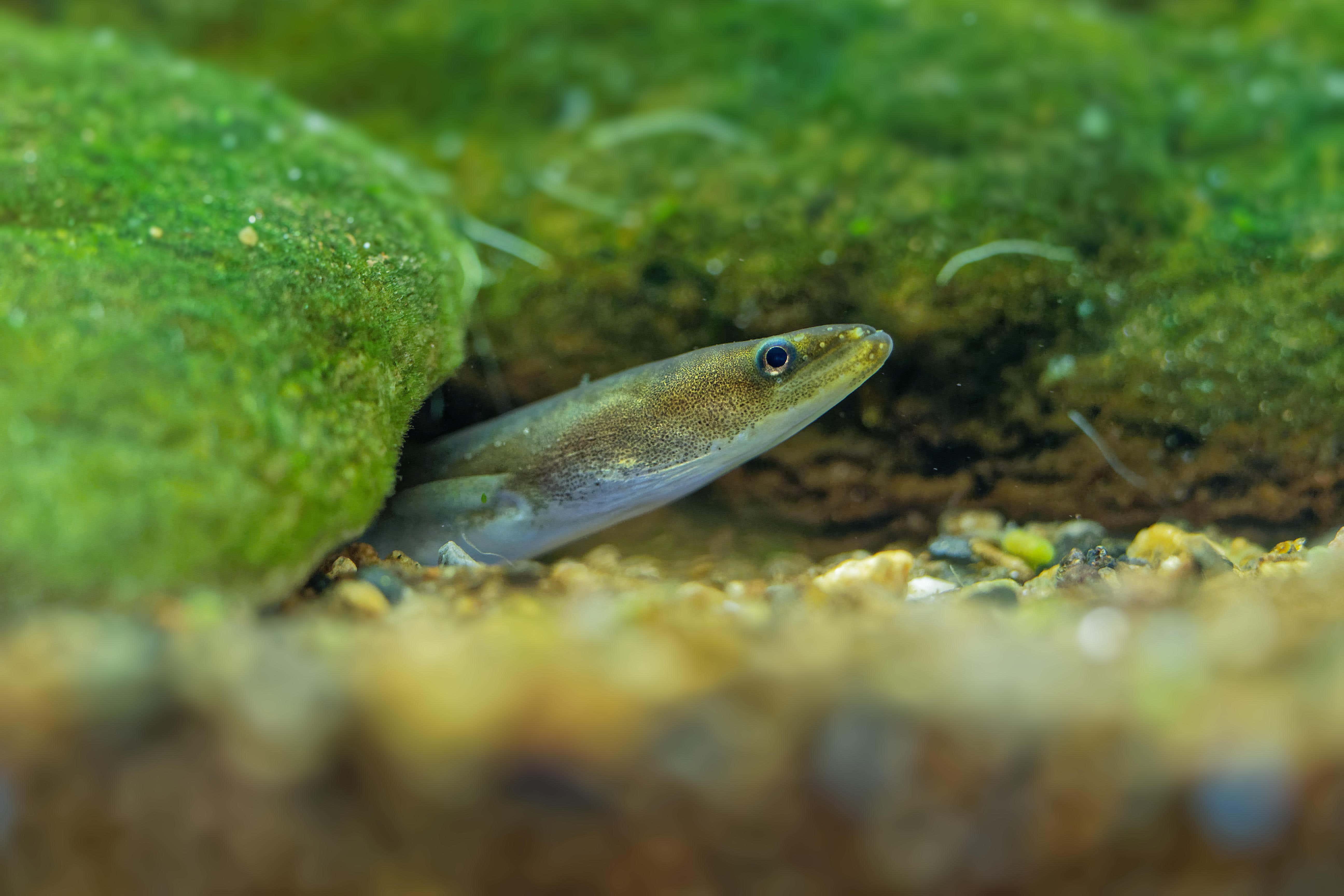Rare European eel and tope shark among 81 species found along Sussex coastline
Scientists say there is the urgent need to address destructive fishing practices globally.

Your support helps us to tell the story
From reproductive rights to climate change to Big Tech, The Independent is on the ground when the story is developing. Whether it's investigating the financials of Elon Musk's pro-Trump PAC or producing our latest documentary, 'The A Word', which shines a light on the American women fighting for reproductive rights, we know how important it is to parse out the facts from the messaging.
At such a critical moment in US history, we need reporters on the ground. Your donation allows us to keep sending journalists to speak to both sides of the story.
The Independent is trusted by Americans across the entire political spectrum. And unlike many other quality news outlets, we choose not to lock Americans out of our reporting and analysis with paywalls. We believe quality journalism should be available to everyone, paid for by those who can afford it.
Your support makes all the difference.Scientists have identified 81 different marine species along the Sussex coastline, including the tope shark and the European eel – which are both critically endangered.
Researchers from the University of Sussex recorded the different creatures living under the water across 28 survey sites between Shoreham-by-Sea and Selsey, which also includes a 300-square kilometre area of local coastline where a trawling ban was imposed in 2021.
The researchers said that while these species are not unique to UK waters, some of them “are quite rare and of high conservation concern”.
Alice Clark, a PhD candidate at the university, said: “Coastal ecosystems suffer from a range of stressors including overfishing, habitat degradation, pollution and climate change, all of which can lead to population decline and a loss of diversity in species.
“Through this analysis, we have been able to discover so many different species in our waters, and I think people will be surprised to learn just how diverse this area of the UK coastline is.”
In March 2021, a Nearshore Trawling Byelaw was introduced to prevent trawlers from dredging in the near inshore waters off the Sussex coast.
The aim of the byelaw was to provide an opportunity for kelp ecosystems – which got damaged during a violent cyclone in 1987 – and native fish to recover.
Since the ban was imposed, the team has been conducting in-depth research to monitor underwater habitats and identify the species that live along the Sussex Bay.
People will be surprised to learn just how diverse this area of the UK coastline is
As well as the tope shark and the European eel, other species identified by researchers include the black seabream, the Atlantic mackerel, the tub gurnard fish, the cat shark and the spotted ray.
The researchers said their work, published in PeerJ, provides a monitoring baseline of marine life diversity in Sussex and could also help impact future conservation efforts around the globe.
For the study, the researchers combined two monitoring tools: Baited Remote Underwater Video (BRUV) – which involves deploying a camera system equipped with bait to attract marine organisms, and environmental DNA (eDNA) – which looks for DNA found in the environment to detect rare species.
They said that while BRUV surveys (£7,400 per year) are more affordable than eDNA (£14,000 per year), the latter is able to detect almost three times as many species as BRUV.
Mika Peck, professor of conservation ecology at the University of Sussex and project co-lead, said: “There is the urgent need to address destructive fishing practices globally.
“The seminal trawler ban by Sussex IFCA (Inshore Fisheries & Conservation Authority) in 2021 being a leading example.
“Our team at Sussex are providing the critical evidence to understand ecosystem recovery upon removing human pressures, such as trawling, using emerging technologies such as eDNA.”
Dr Valentina Scarponi, lecturer in ecology and animal biology at the University of Sussex – who also co-led the project, added: “This is a very exciting project, as it will allow us to closely monitor changes in the local marine community.
“We are very proud to be contributing to practical conservation efforts.”
The research was funded by funded by the SoCoBio DTP – a collaboration between four south coast universities, marine conservation organisation Blue Marine Foundation, conservation charity Sussex Wildlife Trust and NatureMetrics – a provider of biodiversity data.